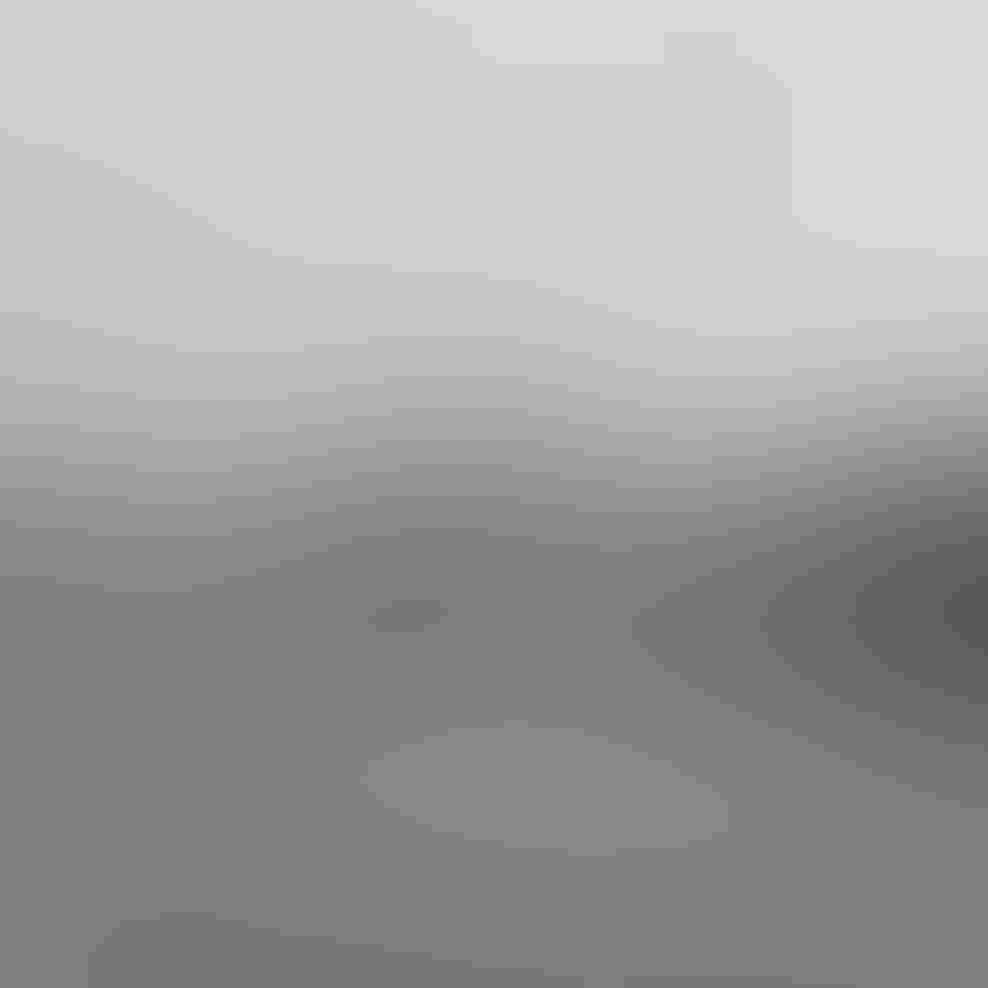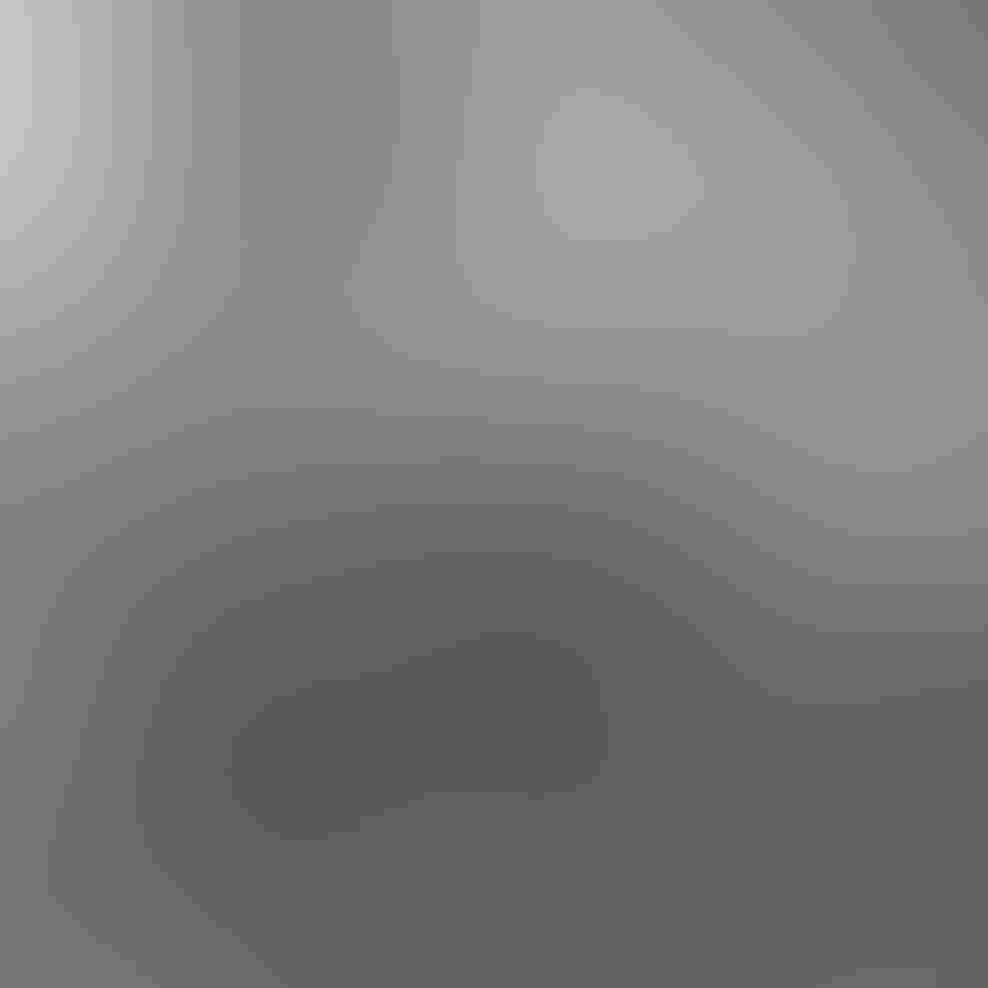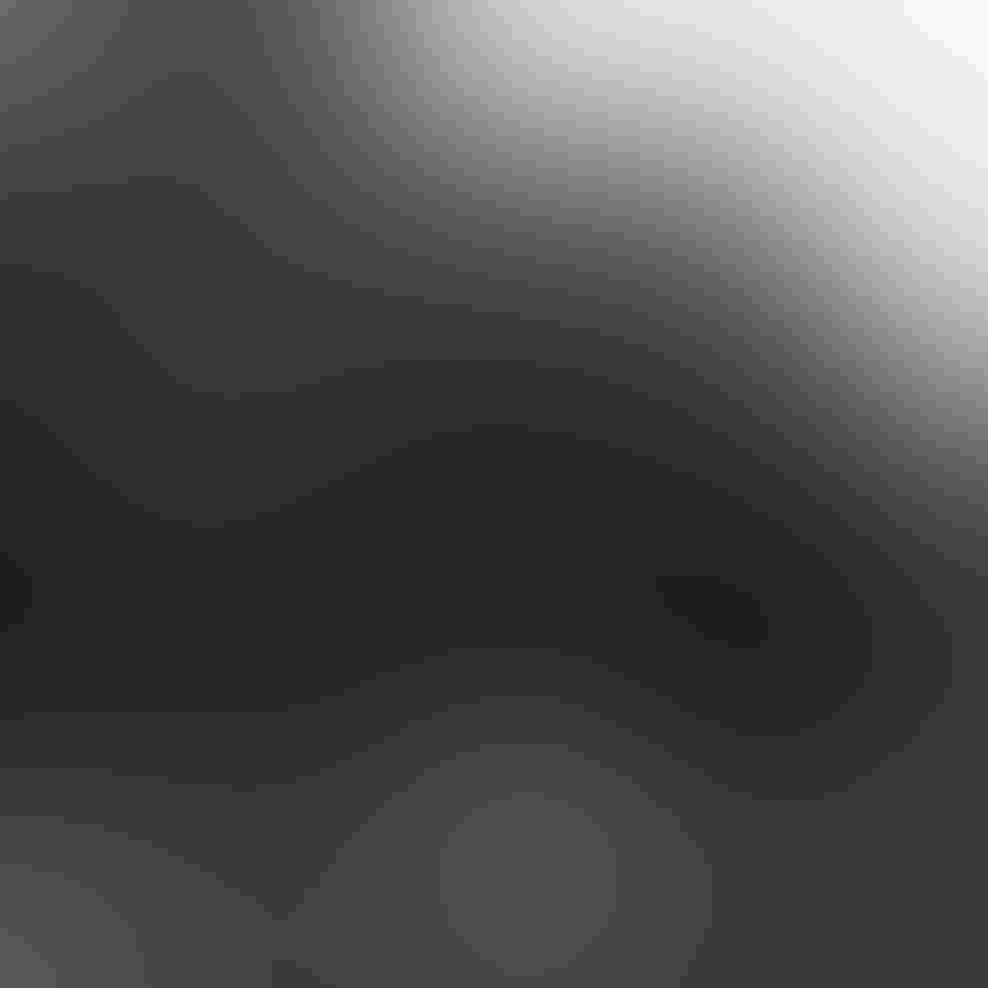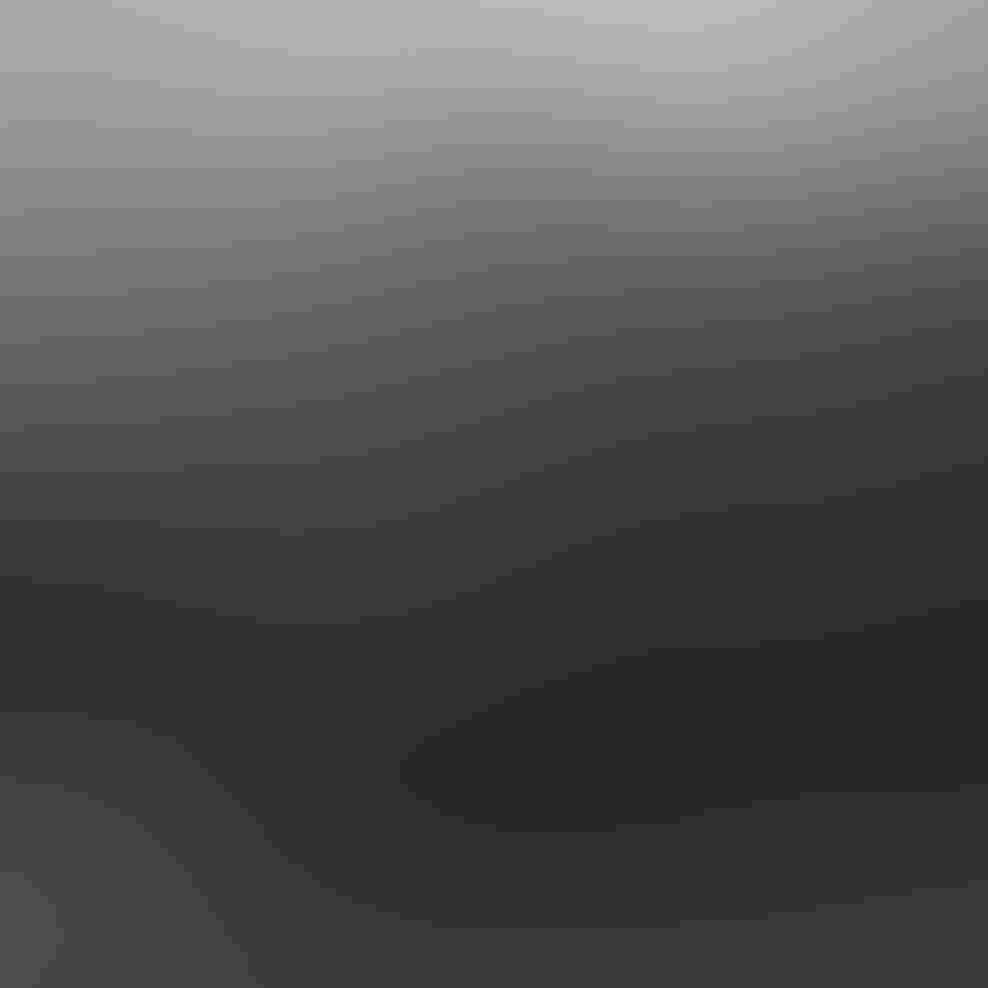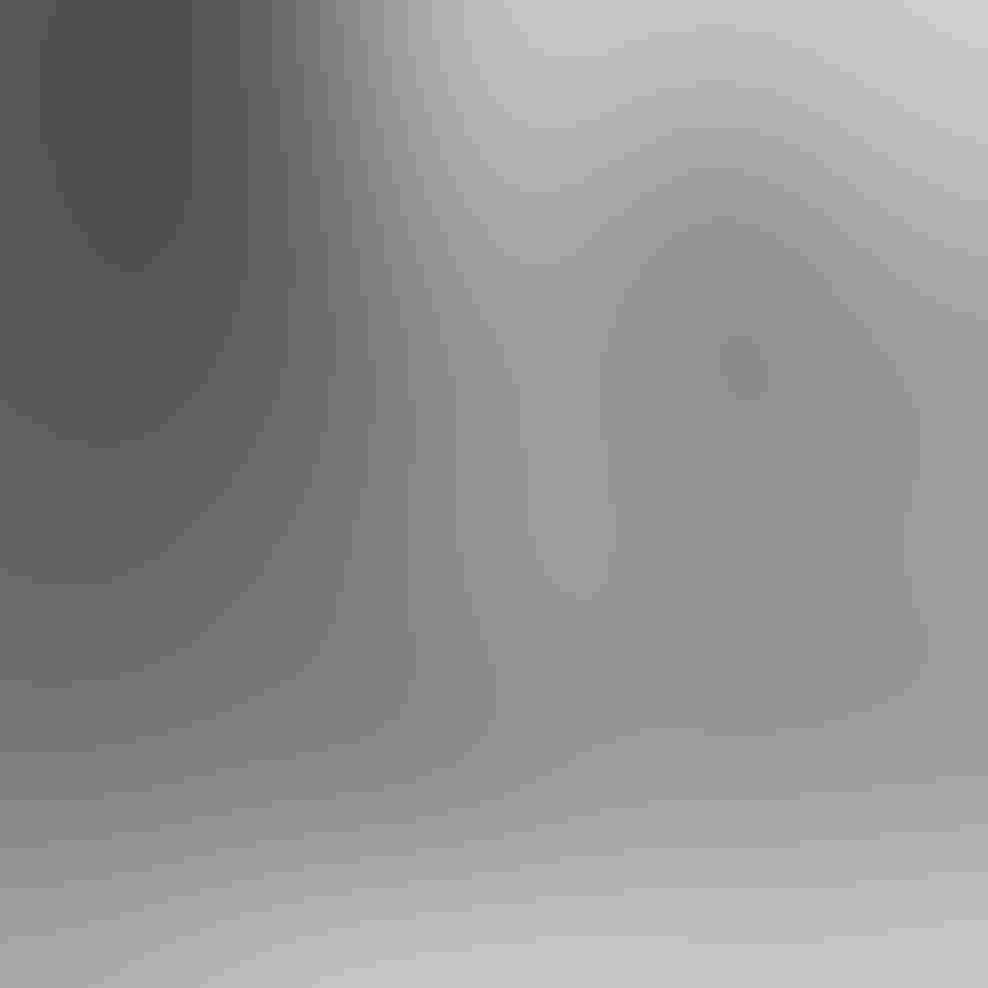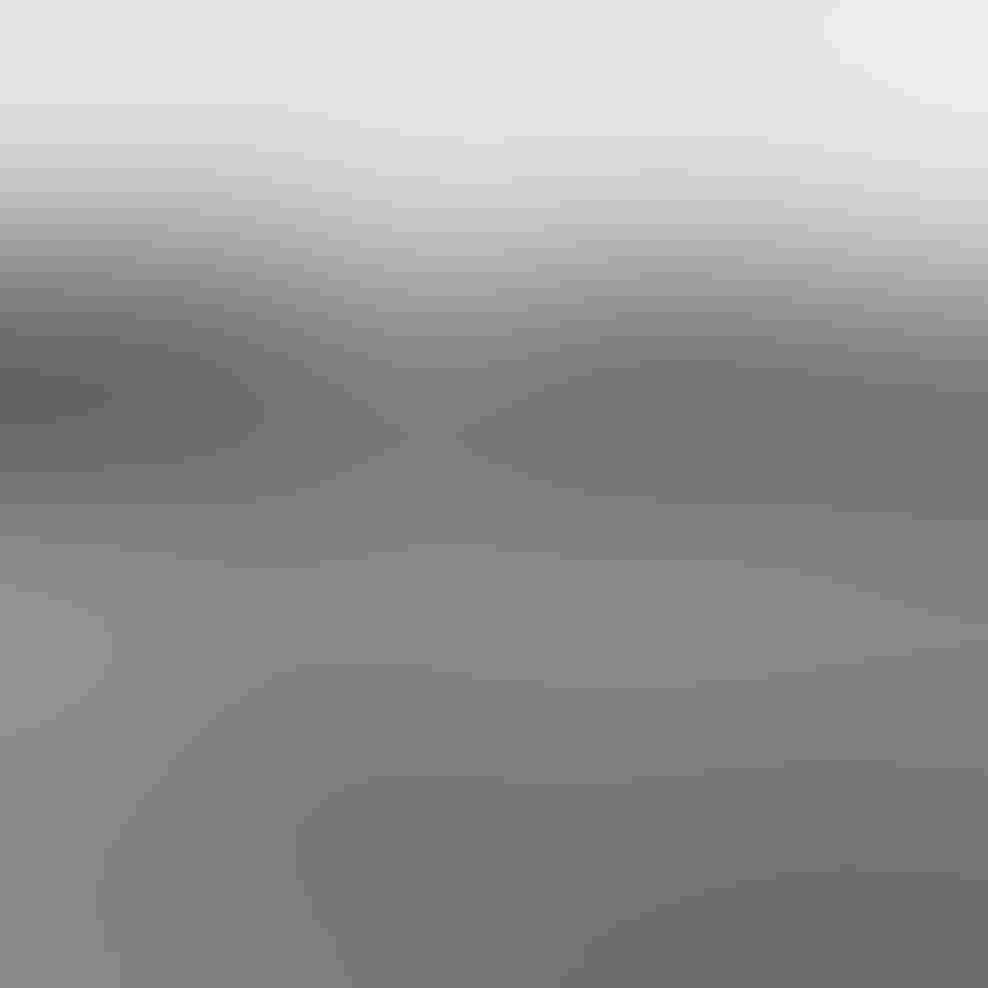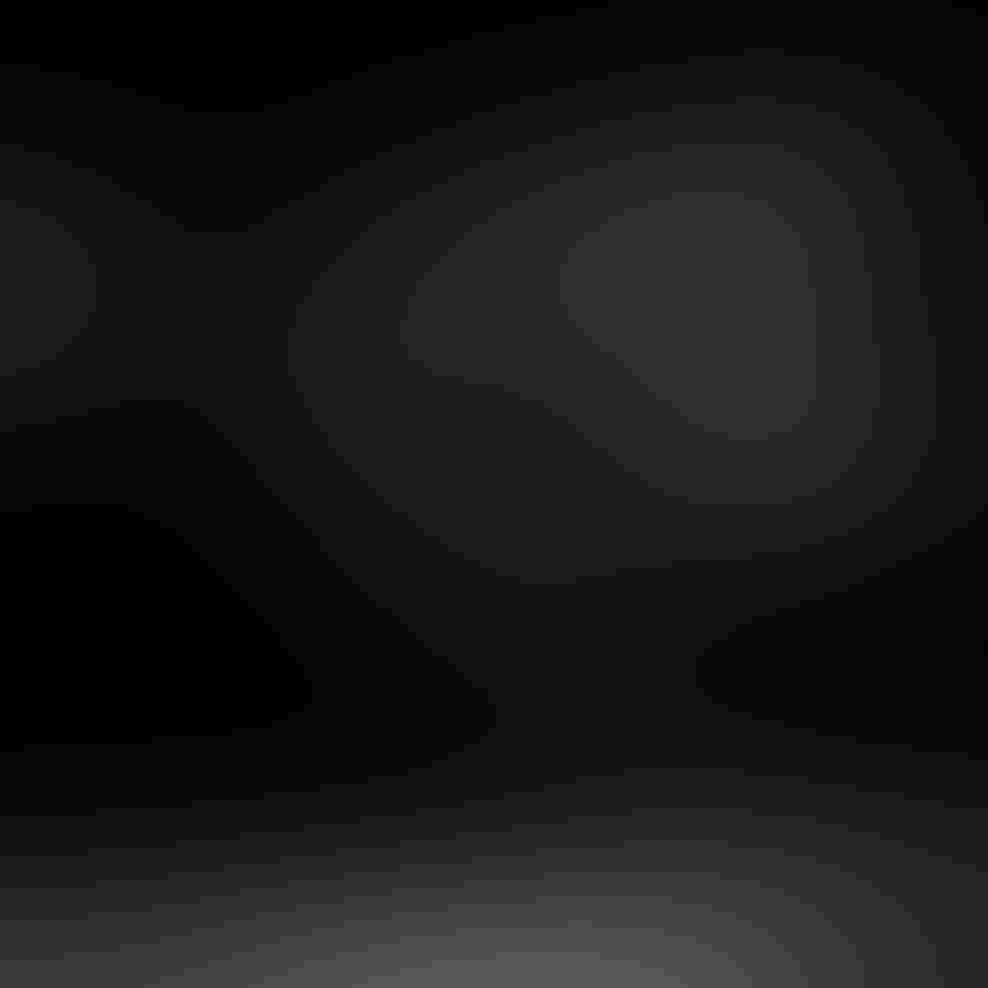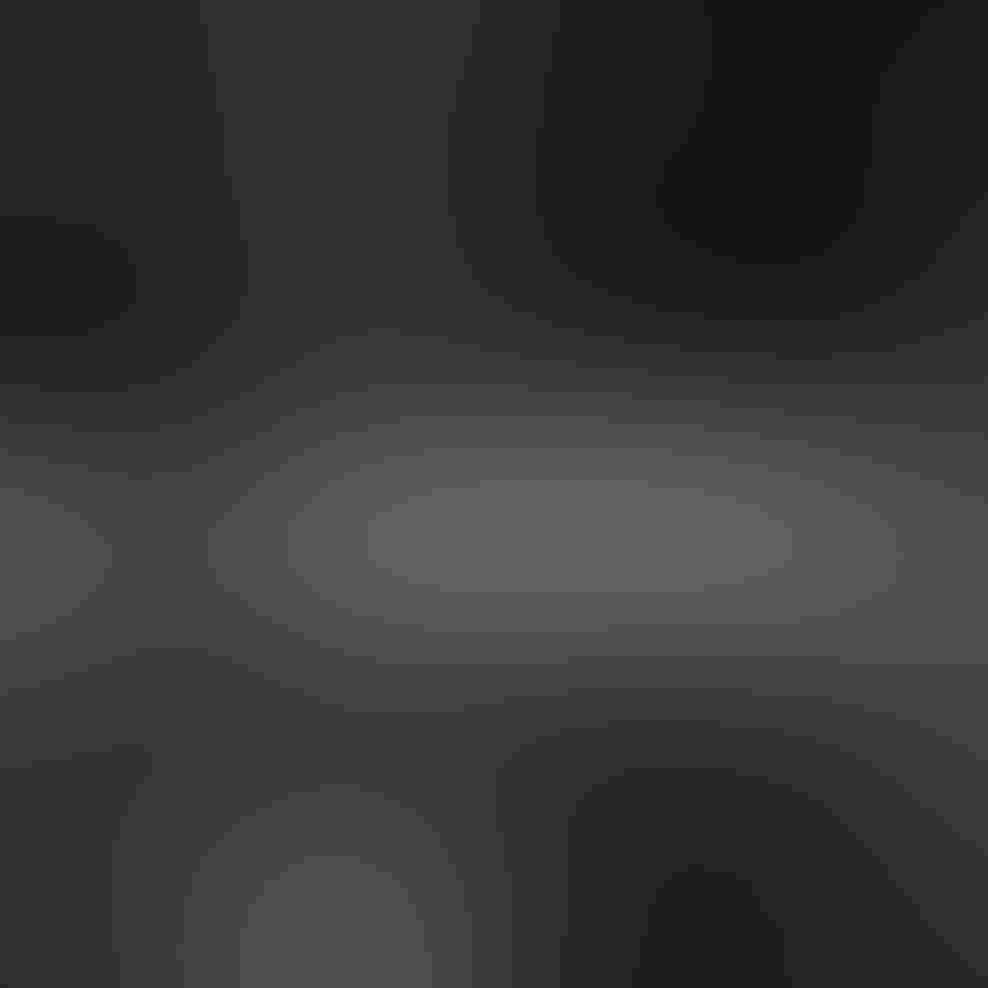We awoke before dawn and dressed like duck hunters in a palette of browns, beiges, and grays. The attire was a hopeful gesture of not being seen, even inside a bird blind, on our pilgrimage to witness the great migration of Sandhill Cranes along the Platte River in Nebraska. It was a spring ritual, both human and wild. More than half a million cranes descend along this meandering river through marshes and cornfields. Thousands of visitors come to watch.
Tom Mangelsen, the legendary wildlife photographer known for his Images of Nature imprint, was our guide. Tom grew up on the Nebraska prairie; Sandhill Cranes have always been part of his weather system. Now he returns each year with the cranes and shares this spectacle with others
in his family’s decades-old duck hunting blind on the edge of the Platte.
(Click on any blind to launch a photo viewer and discover the structure's story.)
We left the Mangelsen cabin an hour or so before dawn and snuck out to shore, barely 100 yards away. We didn’t want to disturb the roosting cranes nearby, some on the sandbar, others standing in the shallows. Tom took the lead walking the well-worn path through the willows and grasses wet with dew. We followed him single file, quiet and attentive to the early sounds of birdsong, Red-winged Blackbirds among them.
Once inside the wooden box, roughly four feet wide and eight feet long, four of us gingerly unpacked our gear—tripods, binoculars, scopes, cameras, notebooks and pencils, thermoses filled with hot tea—and prepared to settle in for the morning. Our breath visible, we took our designated spots, each with an ample slice of view, just as the first line of light appeared on the water. Tom and the two others quickly began setting up their equipment. I sat. The tools of a writer are not only simple but primitive: a stick of sharpened lead and pieces of paper bound, small enough to slide into a back pocket.
The damp smell inside the blind—musky and oiled, like dried fish laced with mosquito repellent—reminded me of being in the bird blinds at the Bear River Migratory Bird Refuge as a college student studying ornithology. The blinds I sat in at dawn and dusk were also designed for duck hunters, as were many of the structures that dot our sanctuaries, refuges, and parks today, blending into the landscape, seemingly as natural as a stand of willows. They were small, five feet by five feet square, camouflaged with cattails and bulrushes. Some were made out of concrete, others were simply a platform made of plywood flush with the water; some offered a bench or chairs to sit on, while the simplest blinds required you to squat or sit on the floor, or turn over a discarded five-gallon drum for a makeshift seat. When the ducks flew overhead, you jumped to your feet and shot away. Or in my case, stood and pointed a camera or raised a pair of binoculars.
I find peering through blinds somewhat voyeuristic, akin to spying on neighbors through their well-lit windows when our lights are off; they can’t see us but we can see them. The intimacy felt is not earned, because it is not shared. It is different than when I stand on the edge of the marsh, still as a heron, and when a Great Blue Heron arrives she stays because she does not perceive me as a threat. Yet the benefit of a bird blind is more than invisibility, it’s also about comfort. It is warmer inside than out, especially in weather best suited for watching waterfowl—cloudy with winds on the verge of rain, when birds fly fast and furiously in all directions, looking for cover. On a sweltering summer day, songbirds, waders, and waterfowl settle between cattails, in grasses, or on small protected ponds, difficult to find, hard to see. A blind provides protection while you practice patience.
In that blind on the Platte River, the growing light drew my attention to what was taking shape before me: the shrouded silhouettes of Sandhill Cranes, multitudes, standing stoically in the shallows looking like a Chinese scroll of tall, statuesque birds.
And then, in a flurry and cacophony of sound, primal and singular, the guttural cries of the cranes shattered the darkness like wildness itself, with hundreds of thousands of birds lifting up the landscape with their wings. Everything was in motion: the water, the grasses, the cornfields, the sky. Flock after flock of cranes rising from the river, higher and higher, flying above the Platte in all directions. Some of the birds crisscrossed each other like long, undulating strands of calligraphy, writing themselves against the pages of a pastel sky. The outstretched wings of the Sandhill Cranes with their finger feathers extended are the farthest reaches of hope against the press of modernity. Their return is our assurance that the world is still fit for beauty. Nine million years of perfection resides in the bones of these birds that bear witness to the wisdom of evolution in its adaptive grace. Generation after generation, the memory of cranes landing in Middle America to feed and breed on the banks of the Platte River allows their story to continue.
I am the pupil of the bird blind, an eye squinting for insight beyond my own kind. The cranes slowly float back to Earth, descending like angels, only to rise and fall and rise again in the amorous play of lovers, leaping and bowing to the embodied knowledge that the future depends on each gesture granted to the other. In one of the oldest dances on the planet—the kind of mastery only nine million years of evolution can perfect—we, also, rise to an awakened state of being for having witnessed the ongoing nature of grace.
We were close to the birds, close enough to be touched by the majesty of these gray-feathered elders standing tall on the prairie with their beaks pointing upward as they danced and bowed to one another. Through the open window of the blind, framing and focusing our attention, we saw what love looks like in the shimmering light of home.
Additional reporting for blind captions by Meghan Bartels and Rashmi Shivni.
***
Audubon is a nonprofit and stories like this are made possible by readers like you. To support our journalism, please make a donation today.






